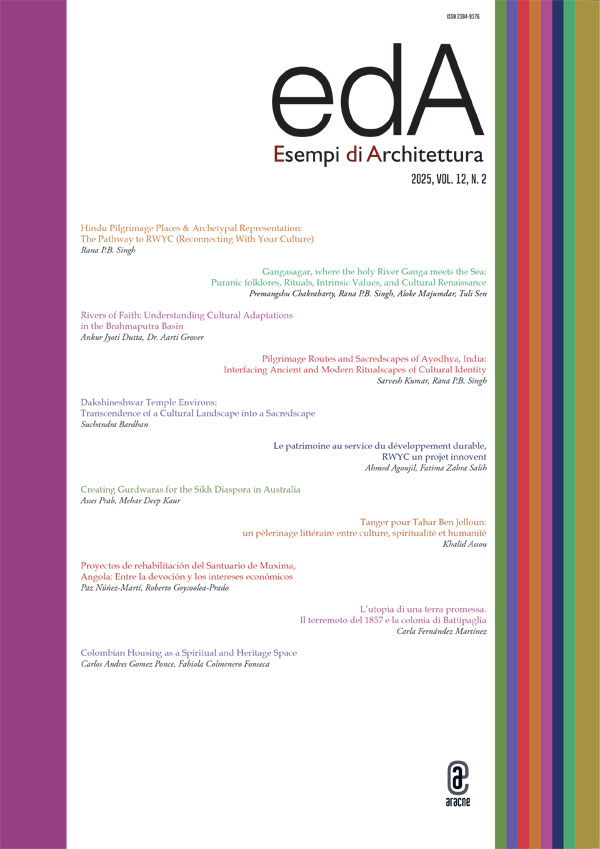DOI: 10.53136/97912218172187
Pages: 273-284
Publication date: February 2025
Publisher: Aracne
SSD:
ICAR/14 ICAR/18 ICAR/20 ICAR/21
As transnational migration rises, the establishment of religious spaces for diaspora communities is garnering significant attention in architectural discourse. These worship centres serve as hubs for religious and social engagement, fostering a sense of belonging far from the homeland. These sites maintain cultural and religious connections while providing support such as employment, housing, and other resources. For the Sikh diaspora in Australia, gurdwaras play a vital role in community well-being and social upliftment. While rooted in the traditional architectural style of gurdwaras from India, particularly Punjab, Australian gurdwaras adapt to local needs and regulations, evolving into spaces of §§§§collective sociability.§§§§ These complexes serve as familial spaces, supporting religious, social, and educational activities shaped by the diaspora’s diverse needs and local contexts. This research explores the architectural development of gurdwaras as diasporic religious spaces, examining their role in community formation and growth within political, social, and cultural frameworks.


